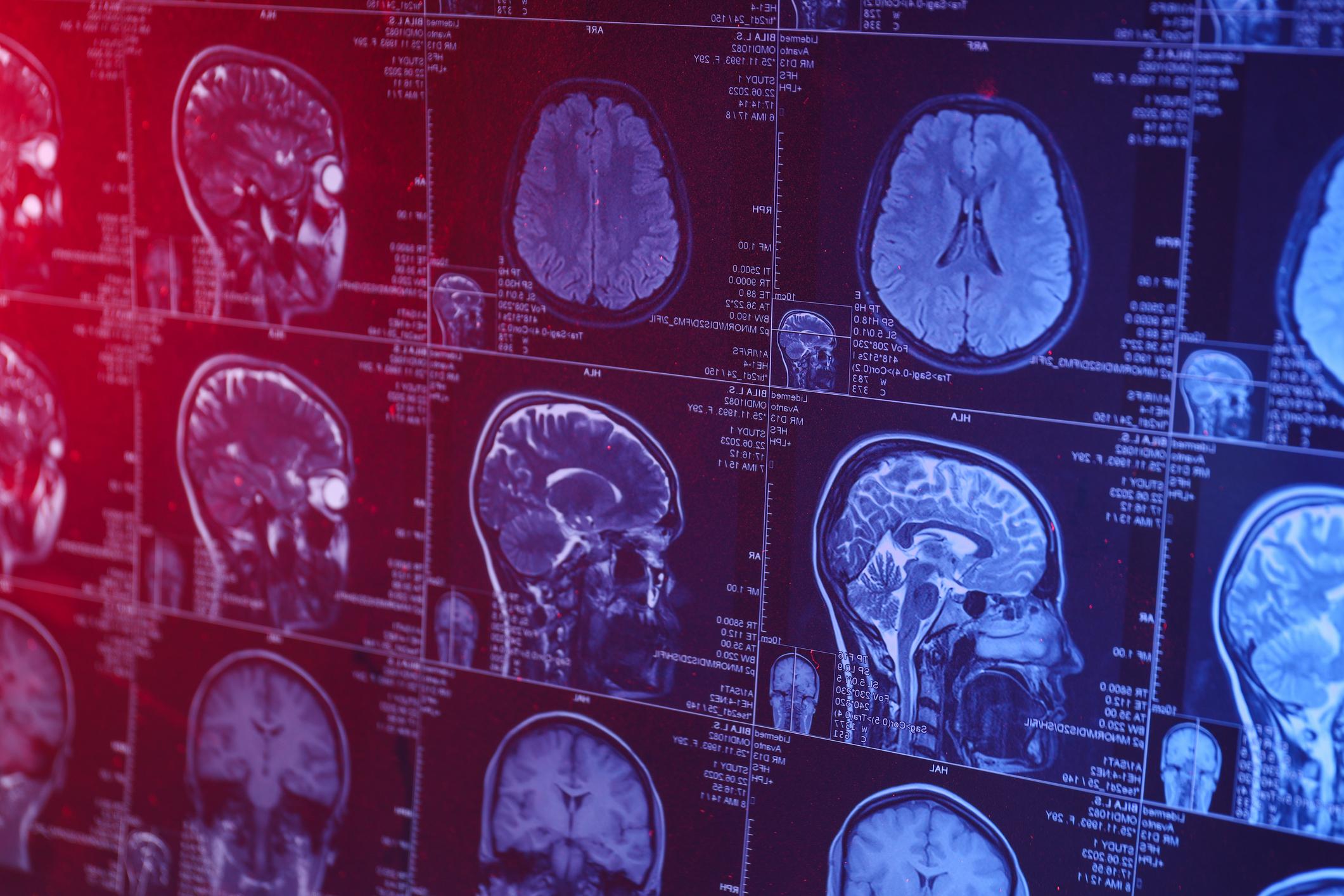Neurons that trigger nausea have been discovered and present a new avenue for the design of improved and more precise anti-nausea drugs.

- A region of the brain called the area postrema, located in the brainstem, detects harmful substances or danger signals in the bloodstream and triggers nausea.
- GLP1R neurons in this area of the brain are particularly linked to nausea.
At some point, everyone experiences nausea. Whether caused by food-related disgust or illness, the feeling of unease and turmoil centered around the stomach is a signal that something is wrong with the body and usually portends an episode of vomiting. American researchers from Harvard Medical School have now identified and characterized neurons that regulate nausea-like responses. They presented their work in the journal Neuron December 4.
The postrema zone under the magnifying glass
The results shed light on the sensation of nausea and present new targets for the design of improved and more precise anti-nausea drugs. “Everyone knows what nausea feels like, but it’s been largely mysterious at the molecular and genetic leveldetails Stephen Liberles, professor of cell biology and author of the study. By identifying the types of neurons at the heart of this phenomenon, we can now study how it works and design better ways to control it in the future..”
The researchers first focused their research on a region of the brain called the area postrema. Located in the brainstem, the area postrema has long been associated with vomiting and is one of the few parts of the brain, outside of the blood-brain barrier, to monitor blood-borne chemicals. “It is thought to allow the area postrema to detect harmful substances or danger signals in the bloodstream and act as an alarm bell when it does.“, continues the researcher. With his colleagues, he built an atlas of cell types, using single-nucleus RNA sequencing to characterize gene expression in thousands of postrema cells from individual areas in mice.
GLP1R neurons
The atlas revealed that there are only a handful of different types of neurons in the area postrema. Neurons that express GLP1R, a cell-surface receptor protein that previous studies have linked to blood sugar and appetite control, have interested researchers. To find out if these neurons play a role in nausea, they first had to assess whether the mice felt the nauseating sensation. They got it by adding cherry or grape flavorings to the animals’ drinking water. Next, they gave the mice a substance that was harmless or known to cause nausea. If a mouse felt unwell, it would quickly associate a fruit flavor with the negative feeling and avoid it, similar to how humans develop food aversions after eating something unpleasant.
When the GLP1R neurons were experimentally removed, the mice stopped developing taste aversions to most substances. The team also experimentally activated GLP1R neurons. They found that mice with activated GLP1R neurons acquired strong flavor aversions even when they were not exposed to a nausea-inducing substance. “We used a technique to activate these neurons, essentially tricking them into thinking there was a toxin present.continues Chuchu Zhang, researcher in cell biology and author of the study. This led to conditioned flavor avoidance, which was strong evidence for a link between these neurons and the nauseous response..”
Improving treatments
Further analyzes revealed that GLP1R neurons connect to many other regions of the brain, including one called the parabrachial nucleus, which has been recognized as a hub of pain and aversion. “This may be how zona postrema neurons help induce conditioned memories of flavor aversion”, believes Chuchu Zhang. The team also discovered that GLP1R neurons express many other cell surface receptors, such as the GFRAL receptor. Removing this subset of neurons caused the mice to stop developing taste aversions to lithium chloride and lipopolysaccharide only. “This indicates a ‘division of labour’ between the postrema neurons in the area, with different types of neurons responsible for sensing and alarming for different substances”, concluded the researchers.
“Nausea is a very unpleasant feeling and current anti-nausea medications are not perfectsays Chuchu Zhang. Many people still experience nausea during cancer treatment, pregnancy and more, and therefore a better understanding and treatment of nausea is a very important clinical need..” Many questions about these neurons and their role in nausea remain, the authors note. For example, it is still not known to which signals in the blood zone postrema neurons respond. Their current working model is that toxins or drugs damage the body, triggering the release of chemicals into the bloodstream, which receptors sense on the area of postrema neurons. “We still have a long way to go to understand how the feeling of nausea occurs at molecular, neural and cellular levels.concluded Stephen Liberles. There are many next-generation questions made possible by these results..”
.
















